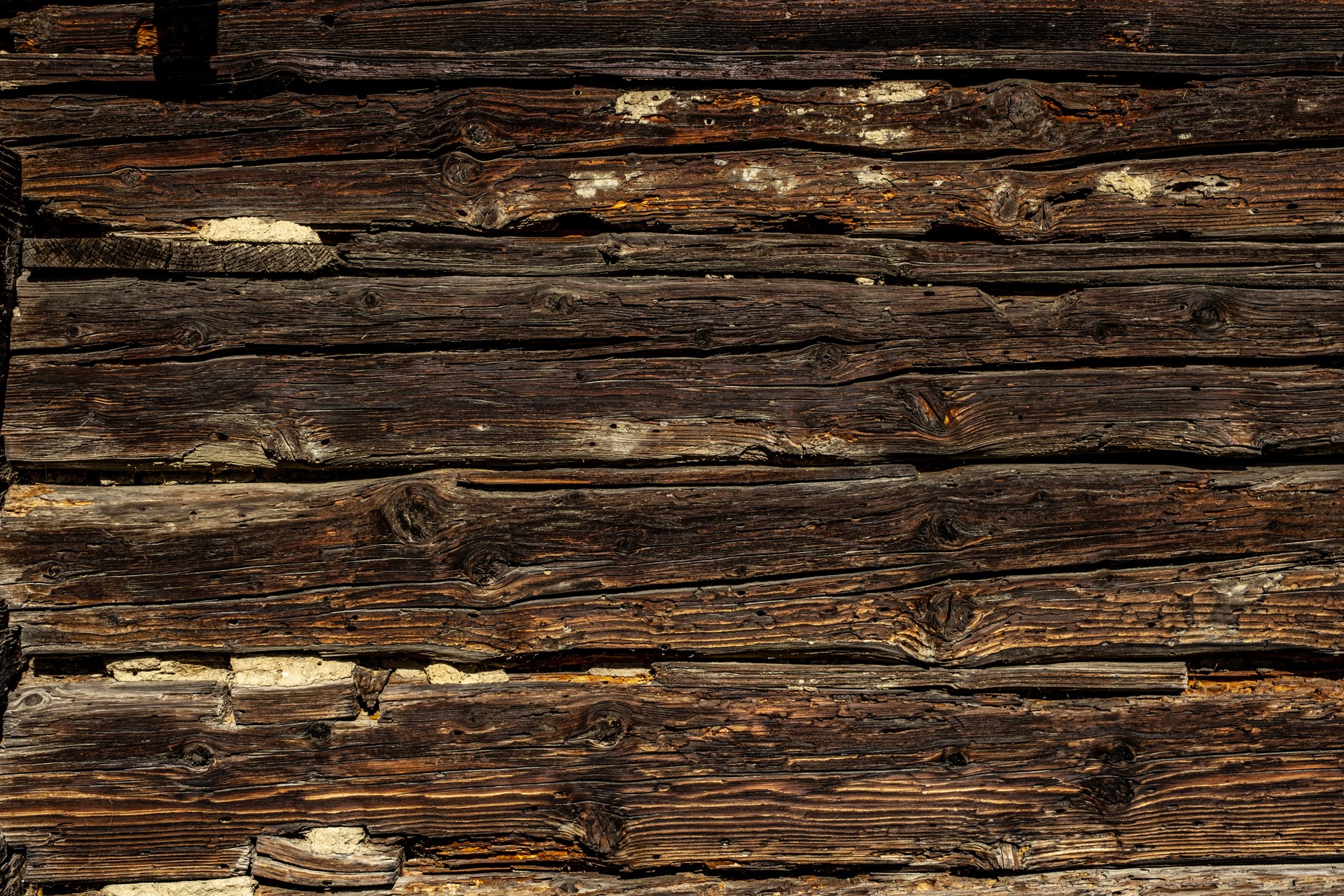6 Termite Control Hacks To Try At Home

Pests that consume wood are a homeowner’s greatest nightmare. The destructive abilities of termites, carpenter ants, and powderpost beetles are dramatically out of proportion to their size. You’ll be happy to know that you can use pest and termite management strategies to keep them at bay before they ever become an issue if you want to avoid bug and termite infestations. These termite protection measures for home builders and homeowners can still be used even if it is impossible to completely insect-proof a home forever.
If you don’t have the necessary information, dealing with anti-termite therapy at home may be intimidating. Termites have the power to seriously harm a building’s structure and stability. If you see termites or suspect you have them, get in touch with a reputable pest control company right once.
There is never a poor moment to start setting up your defenses against these wood-eating bugs because termites are active all year long. In order to protect their homes from termites, homeowners can take a variety of simple yet highly effective DIY measures.
Regularly Your Home’s Foundation
Take a careful stroll around your foundation many times a year to check for any indications of harm so you can create a termite treatment strategy. However, termites do produce mud tubes, which is a clue that they are attempting to scale up your foundation in search of siding or other edible wood. Termites do not eat concrete, but they do produce mud tubes. It’s time for a closer inspection and some do-it-yourself termite control measures if you spot mud tubes.
Maintain Proper Ventilation
For moisture control, ventilation and sealing are essential. Condensation can accumulate in attics and basements without enough ventilation, soak into wood, and create the ideal environment for termites (plus condensation causes mildew and rot).
Additionally, moisture can even accumulate behind your walls without the proper sealing and moisture barriers. This is one of the most successful termite management techniques since the absence of that moisture reduces the motivation for termites to go scavenging.
Treat Your Soil
Termite treatments are put to the surrounding soil as a treatment barrier because subterranean termites reside there. Around the foundation, a trench that has been treated with termiticide is first dug. The trench is then filled again. This method of treatment gets rid of any termites in the house and stops them from returning to build nests in the ground.
Treat Your Wood
A variety of wood treatments are available for use by pest control professionals to get rid of existing termite colonies and prevent the growth of new ones. Wood may also be treated with borate and injected termite control sprays and foams in addition to surface termite control sprays and foams.
Borate wood treatments are used by exterminators to both stop termite breakouts and get rid of any that are already there. Surface coatings are used as wood treatments throughout the building process, and wood injection and foams are used afterward.
Check Your House for Leaks
Watch out for any leaking or deterioration in your home. Termites thrive in wet, decaying structures like walls and roofs. Quickly fix and seal any leaks, and regularly inspect your home, paying specific attention to basements or dark areas. These locations are frequently disregarded and are the first to draw pests. Since it is nearer to the ground and therefore more accessible to termites, a leak in the basement might be particularly attractive.
Create Baits
Systems for eradicating termite colonies that use bait are quite effective. To protect the house from further infestations, a pest control specialist will set up bait stations around the property’s perimeter and check on the stations periodically. Termites are effectively eliminated by this treatment for termite infestation.
Key Takeaway
Nobody wants to find termites in their house since they are an annoyance, especially if they have wooden furniture. When it comes to understanding how to treat termites and termite pest management to stop them from coming back in the future, there are several simple techniques and tricks you may use.
DIY methods are ineffective for controlling termites. If you believe there may be a termite infestation, get in touch with a qualified pest control specialist right once to assess the situation and get a recommendation for the best course of action.